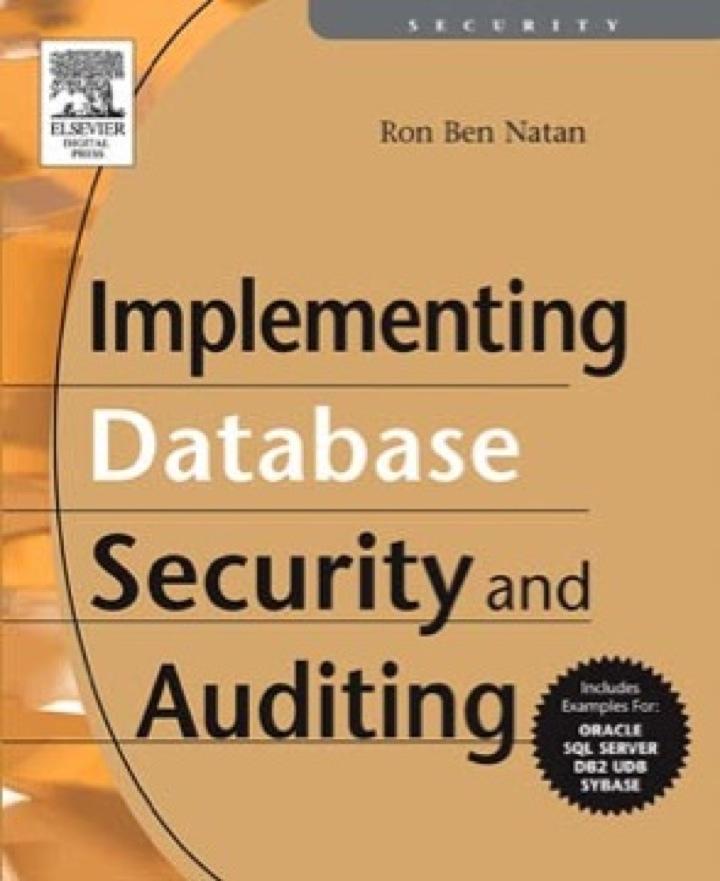Answered step by step
Verified Expert Solution
Question
1 Approved Answer
Schedule 1: Sales Budget Sales in Units x sales price Sales revenue Cash received from current quarter sales Accounts Receivable from current quarter sales Schedule



| Schedule 1: Sales Budget |
| Sales in Units |
| x sales price |
| Sales revenue |
| Cash received from current quarter sales |
| Accounts Receivable from current quarter sales |
| Schedule 2: Cash receipts |
| Current quarter sales - cash receipts |
| Cash Receipts from prior quarter receivables |
| Schedule 3: Production Budget in Units |
| Beginning Balance: Finished Goods (units) |
| Plus: Production of Finished Goods (units) |
| Less: Sales of Finished Goods (units) |
| Ending Balance: Finished Goods (units) |
| Schedule 4: DM Purchases: Cement |
| Units to be produced |
| Amt of cement per unit (lbs.) |
| Cement needs for production (lbs.) |
| Beginning Balance: Cement (lbs) |
| Plus: Cement Purchases (lbs) |
| Less: Cement Used in Production (lbs) |
| Ending Balance: Cement |
| Cement to be purchased (lbs) |
| Cement cost per lb. |
| Total cement purchase cost |
| Schedule 4: DM Purchases: Plaster |
| Units to be produced |
| Amt of plaster per unit (lbs.) |
| Plaster needs for production (lbs.) |
| Beginning Balance: Plaster (lbs) |
| Plus: Plaster Purchases (lbs) |
| Less: Plaster Used in Production (lbs) |
| Ending Balance: Plaster |
| Plaster to be purchased (lbs) |
| Plaster cost per lb. |
| Total plaster purchase cost |
| Total DM purchase cost: Cement + Plaster |
| Schedule 5: Cash Purchases Budget |
| Current Quarter Purchases: Cash |
| Purchases Payable: Cash Payments |
| Total Cash Outlay per Quarter: |
| Schedule 6: Direct Labor Budget |
| Units to be produced |
| DL needed per unit |
| DL hours needed |
| cost per hour |
| Total Budgeted Direct Labor (dollars) |
| Schedule 7: Overhead Budget |
| DL hours needed |
| VOH rate /hour |
| Budgeted variable OH |
| Depreciation |
| Other fixed costs |
| Budgeted fixed OH |
| Total budgeted OH expense |
| Schedule 8: SG&A Budget |
| Units sold |
| Variable Selling & Administrative Rate |
| Budgeted Variable Selling & Administrative Costs |
| Depreciation |
| Other SG&A |
| Budgeted Fixed Selling & Administrative Costs |
| Total budgeted SG&A expense |
| Schedule 9: Ending Finished goods |
| Ending Balances: Inventory - DM, DL |
| DM - Cement |
| DM - Plaster |
| Direct Labor |
| Total Per Unit Inventory Costs: |
| Units in Ending Inventory: |
| Ending Inventory: DM, DL |
| Ending Balance: Inventory - Overhead |
| Variable Overhead |
| Fixed Overhead |
| Total Per Unit Inventory Costs: |
| Units in Ending Inventory: |
| Ending Inventory: Overhead |
| Total Ending Inventory Balance: Finished Goods |
| Schedule 10: Budgeted COGS |
| Beginning Balance: Finished Goods |
| Costs incurred during the period |
| Direct materials used - cement |
| Direct materials used - plaster |
| Direct labor used |
| Overhead - total |
| Cost of Goods Available For Sale |
| Ending Inventory |
| Cost of Goods Sold |
| Schedule 11: Cash Budget |
| Cash Sources: |
| Beginning Balance: Cash |
| Cash Receipts |
| Cash available for use |
| Cash Uses: |
| Disbursements for purchases |
| Direct Labor |
| Overhead payments |
| Sales & General Administrative Payments |
| Taxes Paid |
| Dividends paid |
| Equipment purchases |
| Total Cash Disbursements |
| Cash Balance - pre debt |
| Loans (repayments) |
| Interest Payments on Loans |
| Net Borrowing Impact on Cash |
| Ending Balance: Cash |
| Schedule 12: Budgeted income statement |
| Sales |
| Cost of Goods Sold |
| Gross Margin |
| Selling and General Administrative Expenses |
| Interest Expense |
| Net Income before Taxes |
| Tax Expense |
| Net Income |
| Schedule 13: Budgeted Retained Earnings |
| Retained Earnings Calculation |
| Beginning Balance: RE |
| Plus: Net Income |
| Less: Dividends Paid |
| Retained Earnings |
| Schedule 14: Budgeted Balance sheet |
| Cash |
| Accounts Receivable |
| Inventory |
| Raw materials |
| Finished Goods |
| PP&E |
| Land |
| Building and Equipment |
| Accumulated Depreciation |
| Acct Payable |
| Tax Payable |
| Capital stock |
| RE |
| Total L&SE |
Step by Step Solution
There are 3 Steps involved in it
Step: 1

Get Instant Access to Expert-Tailored Solutions
See step-by-step solutions with expert insights and AI powered tools for academic success
Step: 2

Step: 3

Ace Your Homework with AI
Get the answers you need in no time with our AI-driven, step-by-step assistance
Get Started


